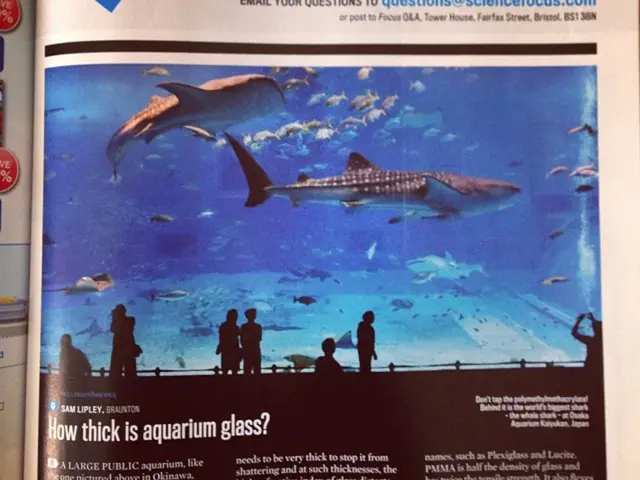The Study Unveils a Neanderthal Heritage in Human Teeth
While numerous individuals concern themselves with the aesthetic alignment of their teeth, few consider the unique shape of each individual tooth. This is a aspect worth pondering, as it could partially stem from our Neanderthal ancestry.
A global team of researchers, spearheaded by Kaustubh Adhikari from University College London (UCL), have uncovered disparities in tooth structure among various ethnicities. Their findings, published on December 12 in Current Biology, could potentially aid in detecting and treating genetic dental conditions in the future.
The researchers, including experts from Fudan University in China, examined 3D scans of dental moldings from 882 volunteers of European, Native American, and African descent. They then correlated these measurements with the volunteers' genetic data, revealing 18 genome regions involved in tooth size and shape. Surprisingly, 17 of these regions were identified for the first time as being connected to tooth dimensions.
"Teeth hold significant insights into human evolution, with well-preserved ancient teeth shedding light on key milestones such as the transition to cooked food and the shrinking of human tooth sizes. However, the genetic basis of tooth variation within the modern human population is largely unexplored, mainly due to challenges in measuring teeth," Adhikari noted in a UCL statement. "We have now identified numerous genes that impact the development of our teeth, some of which are responsible for differences between ethnic groups."
Fascinatingly, researchers found that one of the identified genes originates from Neanderthals, our ancient human relatives with whom we shared a brief prehistoric coexistence. This genetic variant, exclusive to volunteers of European ancestry, was linked to thinner incisors (measured from front to back). They also noted that individuals with this variant generally had smaller teeth overall. Moreover, the team discovered that the gene EDAR, previously associated with incisor shape in East Asian people, also influences the width of all teeth.
However, "our findings did not reveal why these genes developed to influence tooth shape in this manner," Ruiz-Linares of UCL and Aix-Marseille University, who co-led the study, explained. "It's possible that the genes may have been selected due to their impact on other areas, with tooth shape differences resulting as a side effect."
"Some of the genes that contribute to tooth size variation among healthy individuals can also contribute to pathogenic variation, leading to dental health issues like teeth not growing in properly or other dental health conditions," Li of Fudan University, who co-led the study, stated. Consequently, "our findings could potentially be useful medically, if people with specific dental problems could undergo genetic tests to aid in diagnosis, or if dental anomalies could one day be treated with gene therapies."
As of now, the practical medical applications of this research remain unclear. Regardless, our Neanderthal teeth join a plethora of inherited traits from our distant ancestors, such as pain tolerance and nasal structures.
The discovery of Neanderthal-derived genes affecting tooth shape opens up possibilities for the future of dental health. With further research, genetic tests could potentially aid in diagnosing dental health issues or even developing gene therapies.
This groundbreaking study in the field of science and technology could pave the way for a future where genetic data plays a significant role in addressing dental health concerns, building upon inherited traits from our ancestors like pain tolerance and nasal structures.








